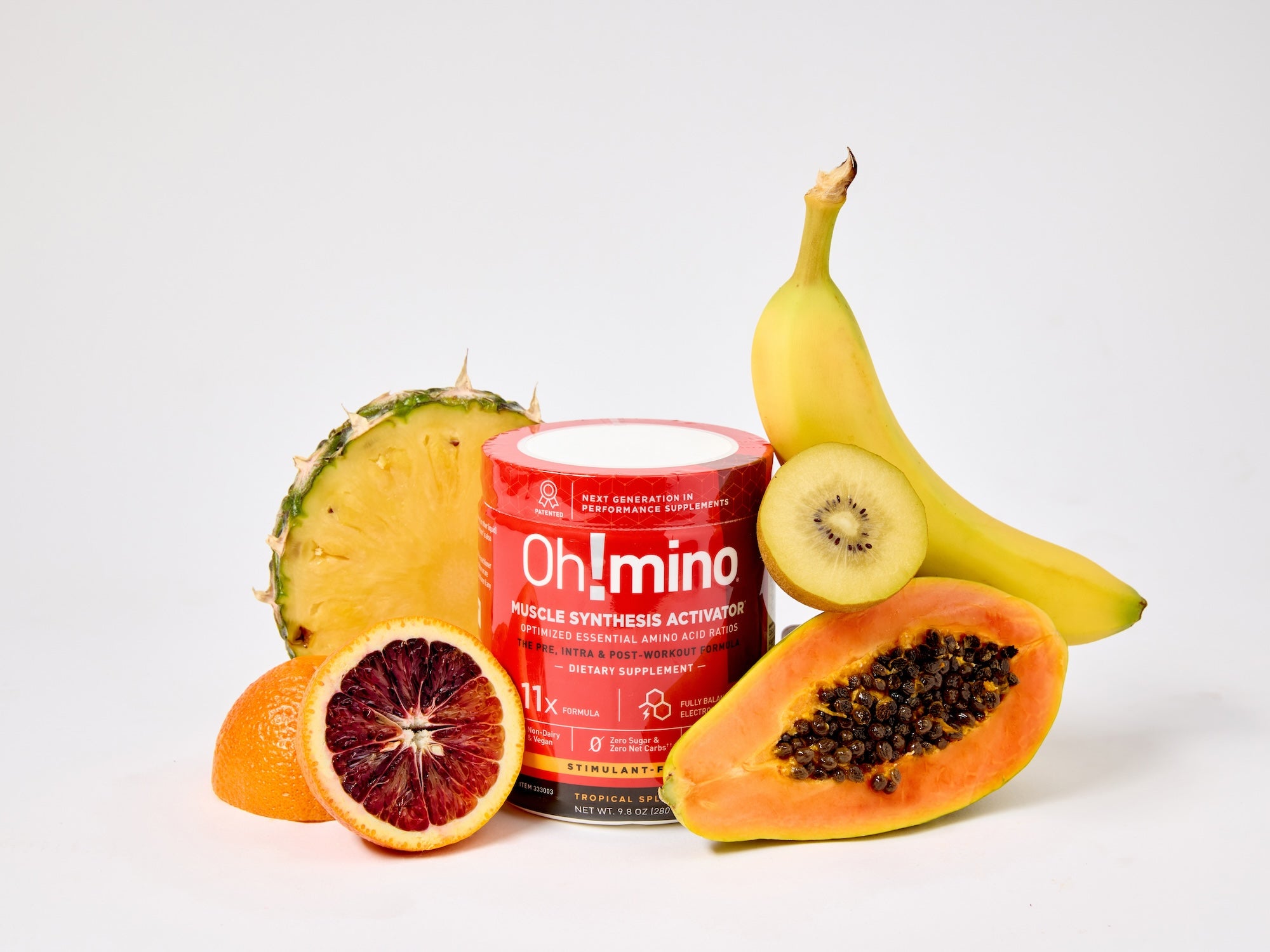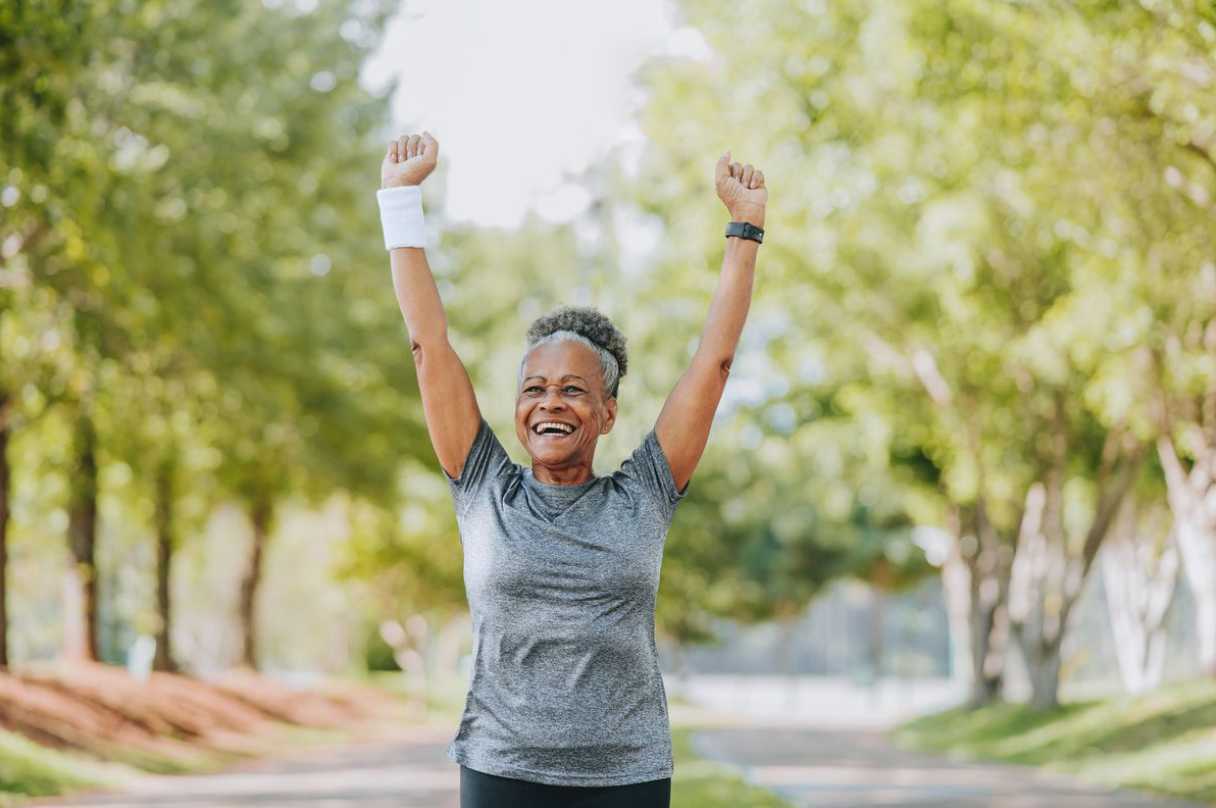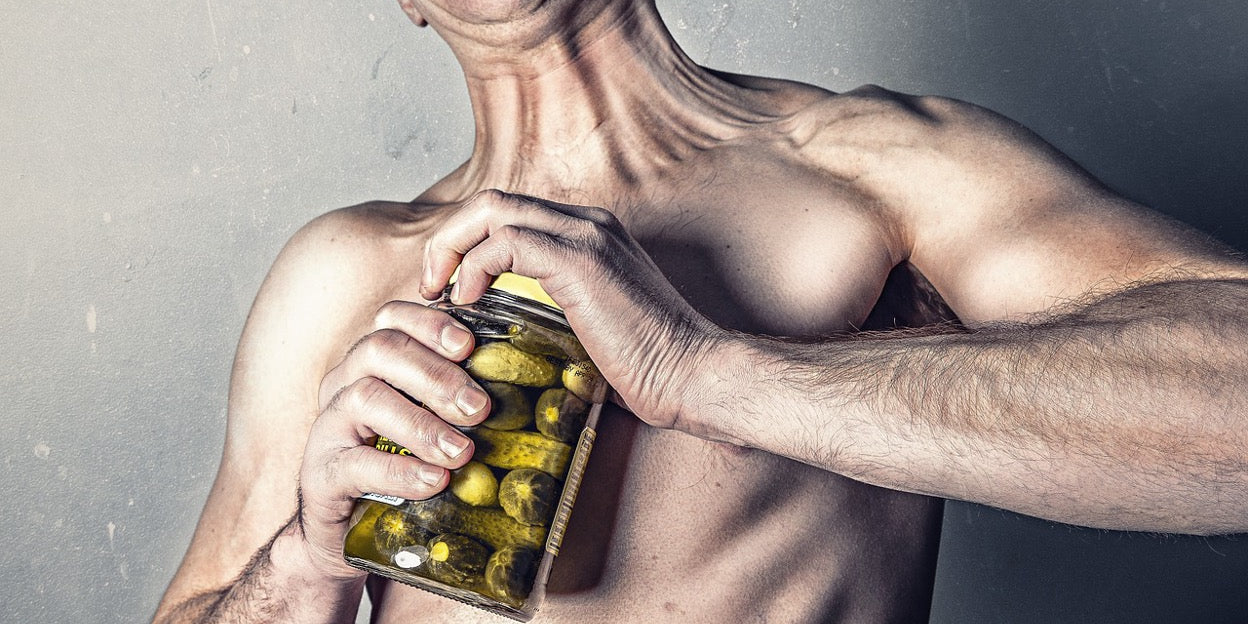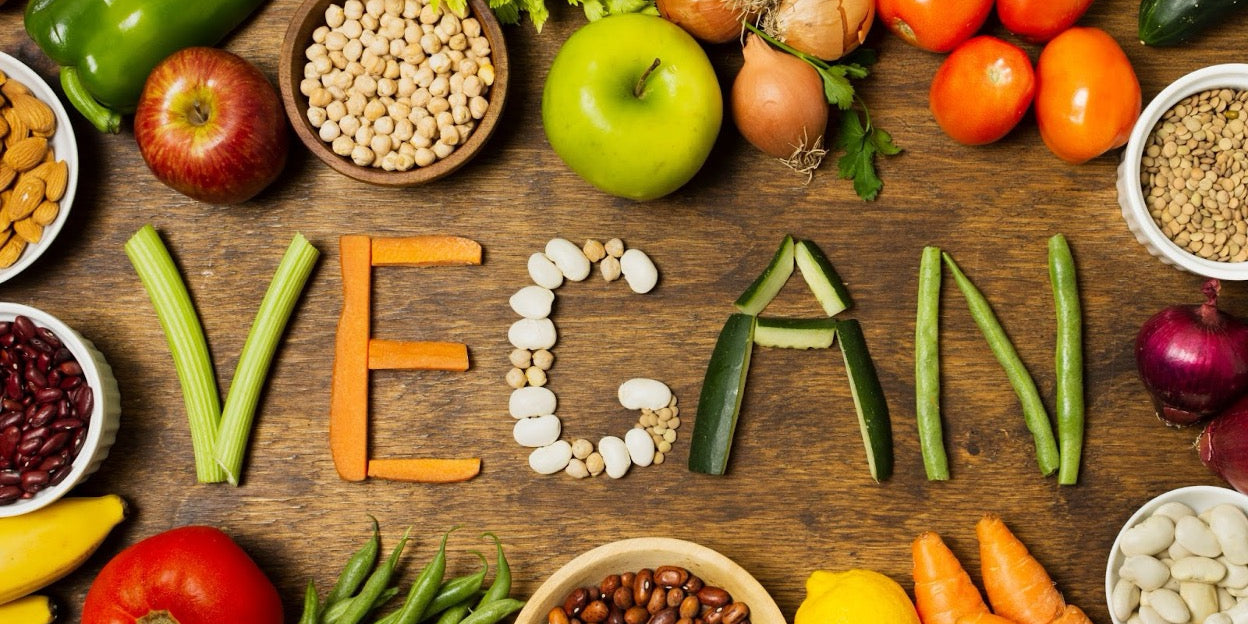Key Takeaways
-
Women begin losing 3–5% of muscle mass per decade starting at age 30, with significant acceleration during menopause.
-
Protein requirements increase with age. Women over 50 may need up to 1.2–1.5g per kg of body weight daily.
-
Resistance training is the first way to combat age-related muscle loss, regardless of your current age or fitness level.
-
Even in your 60s, 70s, and beyond, you can rebuild lost muscle with the right training and nutrition approach.
-
Oh!mino® Muscle Synthesis Activator provides all 9 essential amino acids plus electrolytes to enhance muscle recovery, reduce soreness, and maintain hydration, giving your aging muscles the complete nutritional support they need to thrive.
Age-Related Muscle Loss at a Glance
The clock starts ticking earlier than most women realize. Your body begins its natural muscle decline around age 30, yes, even when you're still young enough to bounce back from late nights and recover quickly from workouts. This isn't about scaring you; it's empowering you with knowledge.
The scientific term for this age-related muscle loss is sarcopenia, and it's a completely natural process that accelerates as estrogen levels drop during menopause.
But here's the good news, fitness fam: this isn't a downhill slide you can't control. Unlike many aging processes, muscle loss can be significantly slowed, halted, or even reversed with the right approach. Your muscles are listening to the signals you send them at every age!
|
Oh!mino: Elevate Your Performance. Accelerate Your Recovery. Science-Backed Superiority for Every Fitness Journey Power Your Goals with Proven Results:
The Oh!mino Advantage: ✓ Adaptogens boosts endurance and muscle fuel by 373% Choose Your Perfect Formula: Available in refreshing Tropical Slash or Berry Blast flavors, with stimulant-free or caffeinated options. Prefer capsules? We've got you covered with the same powerful formula. Take before, during, or after training—one solution for your entire workout. |
Shocking Muscle Loss Rates in Women
When we talk about muscle loss, we're not just talking about aesthetics, we're talking about your metabolic engine, your injury prevention system, and your functional independence insurance policy. The numbers tell a story that every woman needs to hear:
The 3–5% Decline After 30
Starting in your third decade, your body begins to lose 3–5% of muscle mass every ten years. This happens so gradually that most women don't notice it until they suddenly realize their metabolism isn't what it used to be, or that carrying groceries feels more challenging.
It's like a slow leak in your fitness foundation, subtle at first, but compound interest works in reverse here. The good news is that this early stage is when prevention is easiest and most effective!
Accelerated Loss During Menopause
Hold onto your dumbbells, because things really pick up speed during perimenopause and menopause. Research shows that the rate of muscle loss can double during this hormonal transition. Why? Estrogen is a powerful muscle-protective hormone that helps maintain both muscle mass and strength.
As levels drop, your body becomes less efficient at building and maintaining muscle tissue. This is precisely why strength training becomes non-negotiable during this life stage!
80% Strength Reduction by Age 80
If left unchallenged, the cumulative effect of muscle loss is staggering. Studies indicate that by age 80, women may have lost up to 40% of their muscle mass and up to 80% of their strength compared to their 20s. This dramatic decline can affect how you do everyday tasks. Simple tasks like standing from a chair, carrying packages, or climbing stairs become genuine challenges. However, these statistics represent what happens WITHOUT intervention. Your personal muscle story can have a much different ending.
Women's Muscle Loss Chart by Decade
|
Age Range |
Muscle Mass Loss/Decade |
Strength Loss/Decade |
Key Factors |
|
30s |
3–5% |
3–4% |
Natural aging, lifestyle changes |
|
40s |
3–5% |
3–4% |
Hormonal shifts begin, metabolic slowdown |
|
50s |
0.5–2% |
3–4% |
Menopause, estrogen decline |
|
60s |
4–5% |
9–10% |
Post-menopausal acceleration |
|
70s+ |
7–8% |
11–12% |
Sarcopenia risk zone |
Daily Impact of Muscle Loss
Decreased Metabolism
Your muscles are metabolic powerhouses that burn calories even when you're at rest.
Each pound of muscle burns approximately 6 calories per day at rest, compared to fat's 2 calories. This might not sound like much, but multiply that across pounds of lost muscle, and you're looking at a significant metabolic slowdown.
This helps explain the frustrating weight management challenges many women face as they age. When your muscle mass decreases, your basal metabolic rate drops, making weight maintenance more difficult even if your eating habits haven't changed.
Reduced Independence
Independence might be the most precious thing we take for granted until it's threatened. The ability to carry groceries, get up from a low chair, or climb stairs without assistance directly correlates with your muscle strength.
Studies show that by age 70, 25–30% of women have difficulty with these basic activities due to muscle weakness. By your 80s, this number jumps to 40% or higher, but you want to maintain the freedom to live life on your terms. Every rep in the gym is an investment in your future independence and quality of life.
Higher Fall Risk
Falls represent one of the most serious health risks for aging women, with devastating consequences for both physical health and confidence. The statistics are sobering: one in four women over 65 falls each year, and falls are the leading cause of fatal and non-fatal injuries in older adults.
Muscle loss plays a role in falls because your muscles provide the stability, balance, and quick-reaction capacity needed to prevent falls. Strong legs help you catch yourself when you stumble, and core strength keeps you upright through unexpected balance challenges.
Beyond the immediate injury risk, falls often trigger a fear cycle that leads to reduced activity, which accelerates further muscle loss. This creates a dangerous downward spiral that can severely impact quality of life. Breaking this cycle requires proactive strength building before falls become a concern.
Proven Ways to Fight Muscle Loss
Resistance Training Essentials
Resistance training is your #1 weapon against muscle loss, full stop. Nothing else comes close to its effectiveness. Women who engage in regular strength training can maintain muscle mass and function decades beyond their untrained counterparts.
The magic happens when you progressively challenge your muscles with resistance that's sufficient to stimulate growth and adaptation. For optimal results, aim for 2–3 strength sessions weekly that target all major muscle groups.
Focus on compound movements that deliver the most bang for your buck like squats, deadlifts, rows, presses, and pulls in their many variations.
The key is progressive overload, or gradually increasing the challenge over time through heavier weights, more repetitions, or advanced variations. Your muscles only adapt when forced to respond to demands greater than they're accustomed to handling.
Protein Requirements by Age
Protein is the literal building block of muscle tissue, and your needs actually increase with age. This creates a perfect storm: just when you need more protein, your appetite and protein utilization efficiency often decrease. The standard recommended daily allowance (RDA) of 0.8g per kg of body weight is woefully inadequate for preserving muscle as you age.
Research now suggests that women over 50 should aim for 1.2–1.5 g of protein per kg of body weight daily, that's nearly double the standard recommendation! For a 150-lb woman, that's approximately 80–100 g of protein daily. Even more important than the total amount is the distribution. Your body can only effectively utilize about 25–30 g of protein for muscle synthesis in a single meal, so spreading your intake across the day maximizes its muscle-preserving benefits.
Hormone-Specific Strategies
Working with your changing hormonal process rather than against it can dramatically improve your results. During perimenopause and beyond, your training may need strategic adjustments.
Consider shorter, more frequent strength sessions rather than marathon workouts that can increase cortisol (which can be particularly problematic during hormonal transitions). Some women find that morning workouts become more effective as hormonal patterns shift.
Compound movements that engage multiple large muscle groups can stimulate greater hormonal response, which becomes increasingly valuable as natural hormone production decreases. Don't be afraid to lift heavy; challenging weights are precisely what trigger the hormonal cascade that preserves muscle tissue. Your body is remarkably adaptable, even through significant hormonal changes!
Oh!mino's Guide to Conquering Age-Related Muscle Loss
The data doesn't lie, muscle loss is an inevitable part of aging that touches every woman's life. But here's what the statistics don't tell you: you have far more control over this process than you might think. With the right knowledge, strategy, and nutritional support, you can rewrite the script on aging.
That's exactly why we developed Oh!mino® Muscle Synthesis Activator: to give your muscles the complete amino acid profile they need to thrive at any age.
Regardless of age our users experience noticeable muscle gain in just a few weeks of usage.
Our formula delivers a patented blend of L-Leucine, L-Lysine, L-Threonine, L-Valine, L-Phenylalanine, L-Histidine, L-Isoleucine, L-Tryptophan, and L-Methionine (plus glycine the only semi-essential amino acid) to support both muscle function and hydration.
No matter if you're in your 30s building your muscle foundation or in your 70s, you can reclaim lost strength with Oh!mino® Muscle Synthesis Activator
Simply mix 1–2 scoops with 8–12 oz of water before, during, or after your workouts to give your muscles the building blocks they need for optimal recovery and growth.
Remember, the strongest version of yourself isn't behind you, it's waiting to be built with intention, consistency, and the right support. Let's make sure your golden years truly shine with the strength and vitality you deserve.
Try Oh!mino Muscle Synthesis Activator today!
Frequently Asked Questions
At what age do women start losing muscle mass?
The natural process of muscle loss (sarcopenia) begins around age 30 for most women. This initial rate is approximately 3–5% per decade, though you likely won't notice visible or functional changes right away. The process accelerates after menopause due to hormonal changes, particularly the decline in estrogen.
How does menopause affect muscle loss in women?
Menopause creates a perfect storm for accelerated muscle loss through multiple mechanisms. The dramatic decrease in estrogen directly impacts muscle protein synthesis (your body's ability to build new muscle tissue) and increases protein breakdown. Estrogen also plays a role in muscle recovery and repair, so its decline can make it harder to bounce back from workouts.
What's the minimum amount of strength training needed to prevent muscle loss?
Research suggests that two full-body strength training sessions weekly is the minimum effective dose for preserving muscle mass and function as you age. Each session should target all major muscle groups through compound movements with sufficient resistance to challenge your muscles. Workouts don't need to be lengthy, 20–30 minutes of focused, progressive resistance training can be highly effective.
How much protein do women need daily to maintain muscle as they age?
Protein requirements increase significantly with age due to anabolic resistance, or the reduced ability to synthesize muscle protein from dietary protein. While the standard RDA for all adults is 0.8 g per kg of body weight, this amount is insufficient for preserving muscle mass in aging women.
How can Oh!mino® Muscle Synthesis Activator help with age-related muscle concerns?
Oh!mino® Muscle Synthesis Activator provides all 9 essential amino acids your body needs for optimal muscle protein synthesis, including BCAAs that become increasingly important as we age. The complete amino acid profile supports enhanced muscle recovery and reduces exercise-induced soreness, while the balanced electrolytes maintain proper hydration during workouts.
For aging women dealing with slower recovery and increased protein needs, Oh!mino offers convenient, comprehensive nutritional support that can be used pre, intra, and post-workout to maximize training benefits.





